Pest Library
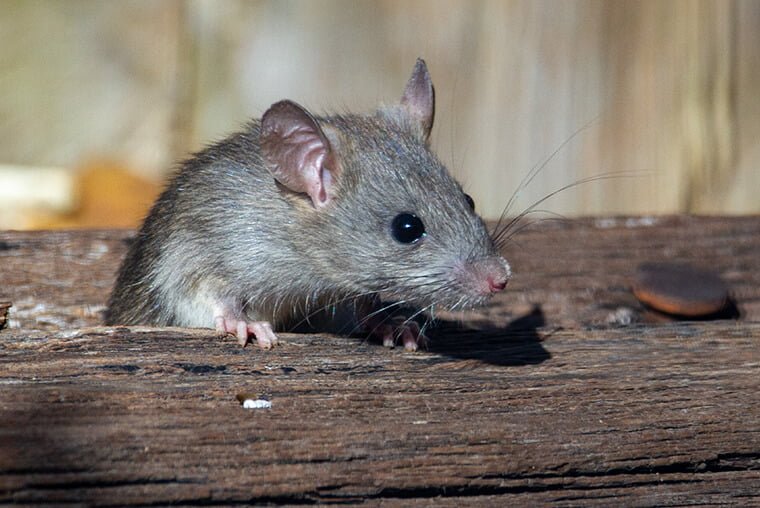
Rodent Control
In order to estimate rodent control, we normally would need to see the home and evaluate the infestation. These pesky critters can do major damage to a home as well as being a health hazard. In most cases, we can determine the type of rodent by performing a thorough inspection of the home, attic and crawlspaces. Hurd’s Pest Control’s trained technicians will determine the entry point and then offer the customer a comprehensive treatment plan. An integrated program using rodenticides and traps, removal of shelter, removal of food and water, and rat-proofing is most effective.
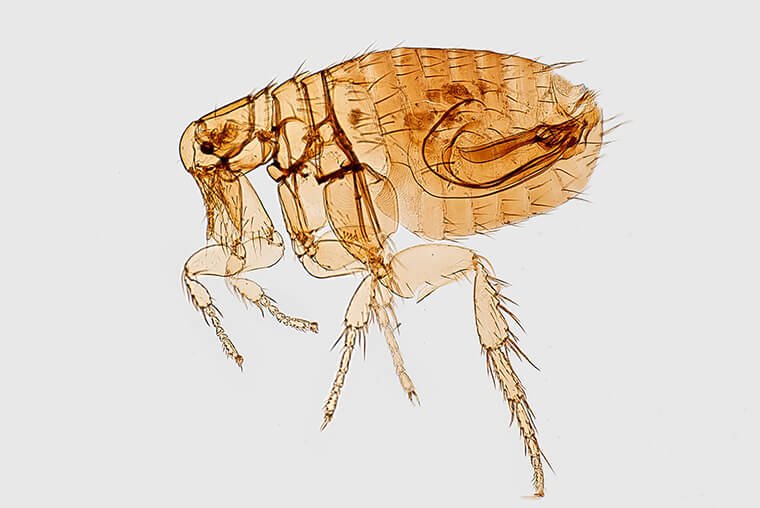
Fleas and Ticks
Many people don’t consider ticks a problem since areas with high populations of imported fire ants tend to have lower populations of ticks. Ticks have not disappeared and can be a pest in some locations. Ticks are arachnids, more closely related to spiders than insects. They have two body regions and eight legs. Immature ticks require a blood meal before molting to the next developmental stage. Adult female ticks also require a blood meal before laying eggs. Since ticks can feed on multiple hosts during their lifetime, including humans and animals, they are capable of transmitting disease organisms through their bite. Ticks wait for their hosts by climbing up vertical surfaces such as vegetation, fences or shrubbery.

Bed Bugs
Bed Bugs have become a fairly common problem around Dallas/Fort Worth. We at Hurd’s Pest Control will first interview the caller to determine our comprehensive approach to a solution for the bed bug infestation. Most homes will require at least two visits from our technicians. The homeowner will need to do make preparation before the scheduled treatment. The more prep work the homeowner does, the least costly the treatment will be. Treating for bed bugs requires treating all possible cracks and crevices. Upholstery items such as curtains will also need to be effectively treated or removed. All parts of the bed, any pictures, or any possible hiding spots will need to be treated. This is a very comprehensive treatment and will certainly take full cooperation of the homeowner and pest control professional.
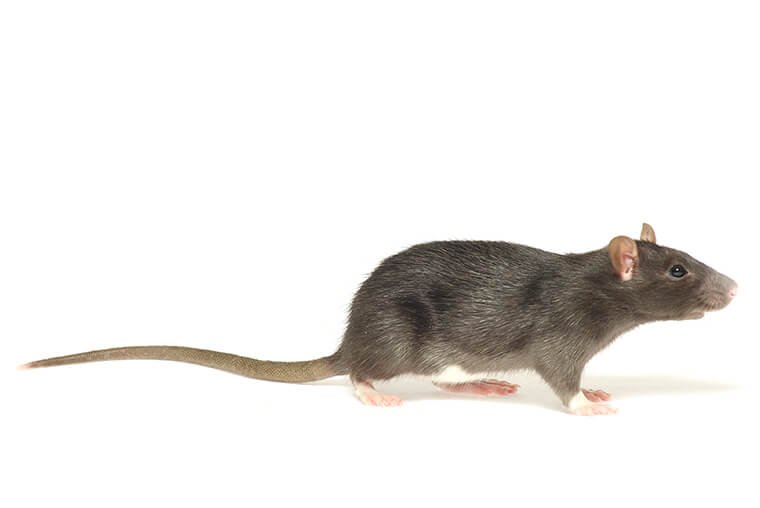
Rats and Mice
There are two types of rats that typically infest homes in this area. The Roof Rat and the Norway Rat and of course the little house mouse. Contrary to popular belief rats are not stupid. They are smart little creatures that have been around for years. The Roof Rat (Rattus rattus) is known by several names including: ship rat, white bellied rat, gray bellied rat, alexandrine rat and climbing rat. The Roof Rat is a slender rat, more streamlined than the Norway Rat. The hair is generally darker usually with a lighter colored belly. The eyes and ears are larger in proportion to the head and has a pointed nose with a tail that is longer than the body. The droppings on average are .5″ long.
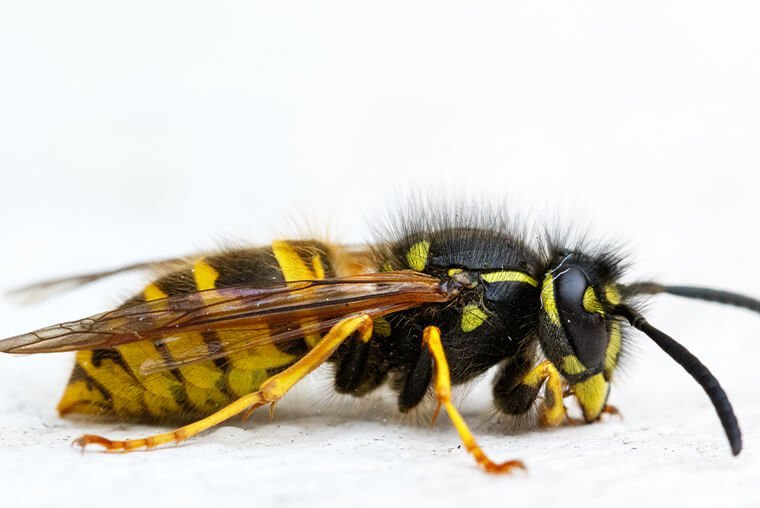
Wasps
Wasp and Hornets are common in the Dallas/Fort Worth area. Hurd’s Pest Control can easily take care of most infestations from these insects. Some of these insects may be covered under general pest control, but hornets nest may require a special visit. Our office personnel can easily determine what service is needed and schedule our technicians to take care of the problem.
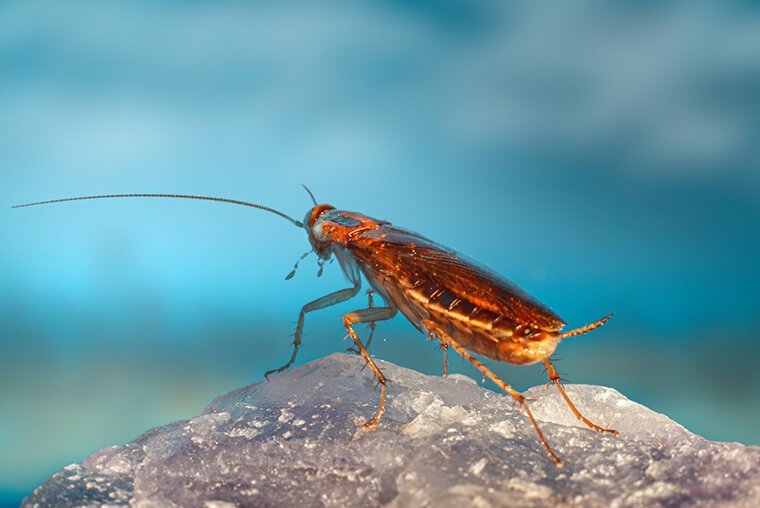
German Cockroach
The German cockroach (Blattella germanica) is a small species of cockroach, typically about 1.1 to 1.6 cm (0.43 to 0.63 in)[1][2] long. In color it varies from tan to almost black, and it has two dark, roughly parallel, streaks on the pronotum running anteroposterior from behind the head to the base of the wings. Although Blattella germanica has wings, it can barely fly, although it may glide when disturbed.[3] Of the few species of cockroach that are domestic pests, it probably is the most widely troublesome example.[4] It is very closely related to the Asian cockroach, and to the casual observer the two appear nearly identical and may be mistaken for each other. However, the Asian cockroach is attracted to light and can fly rather like a moth, while the German cockroach cannot.
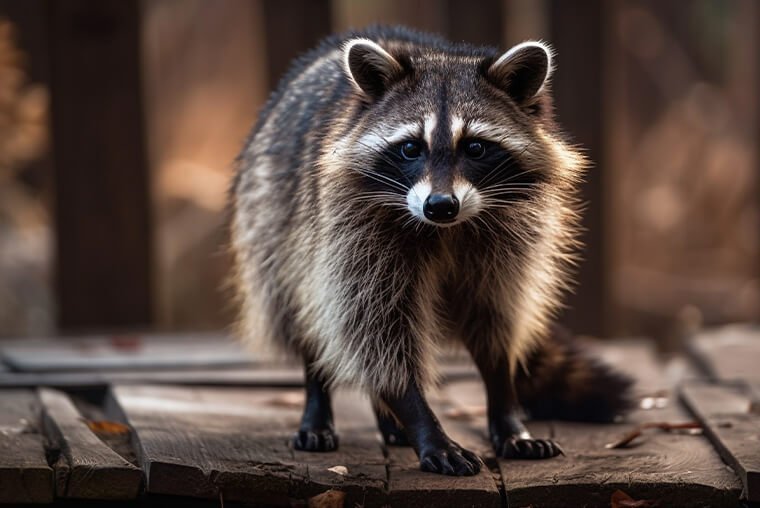
Raccoons
Raccoons will get in your attic or crawlspace and chew/ tear up your ductwork, insulation, wiring etc. and have been known to get into the living area by digging through the ceiling or coming down through the hot water closet. This result of this activity are very expensive repairs and or replacement. They also leave their feces, urine and fleas behind when they depart.
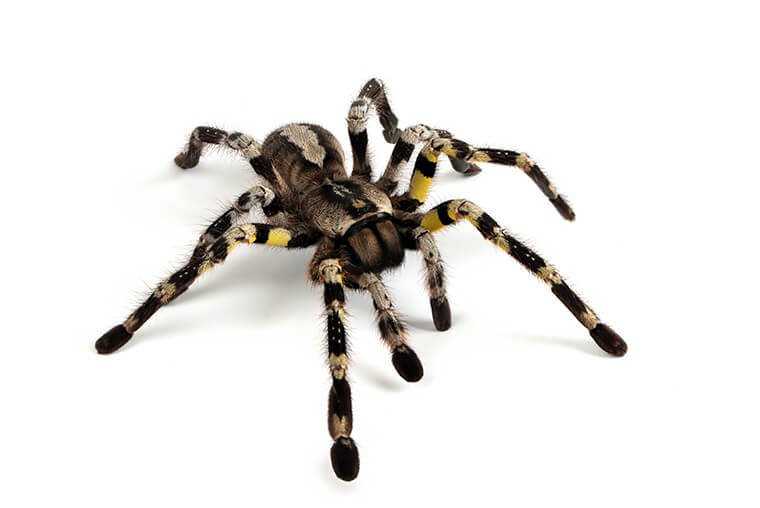
Spiders
Only two groups of spiders are considered poisonous to humans. They are recluse spiders and widow spiders. Tarantulas, jumping spiders, wolf spiders and some other spiders are hairy and formidable-looking, but their bite is typically less harmful than a bee sting. There are nearly 1,000 species of spiders found in Texas, but only a few are harmful to humans. Most are beneficial, feeding on pests of agricultural crops ants and mosquitoes that they ensnare in their silken traps.

Scorpions
Scorpions hide during the day and become active at night. Their bodies are flat and they hide in small cracks, and under stones, bark and other objects to wait for prey. They eat small insects, spiders, centipedes, and other scorpions. The most common scorpion in our area is the Striped Bark scorpion which can grow up to about 2 ½ inches long. Striped Bark scorpions have two broad, black stripes running the length of their back and a dark triangular mark on the front of the head above the eyes.
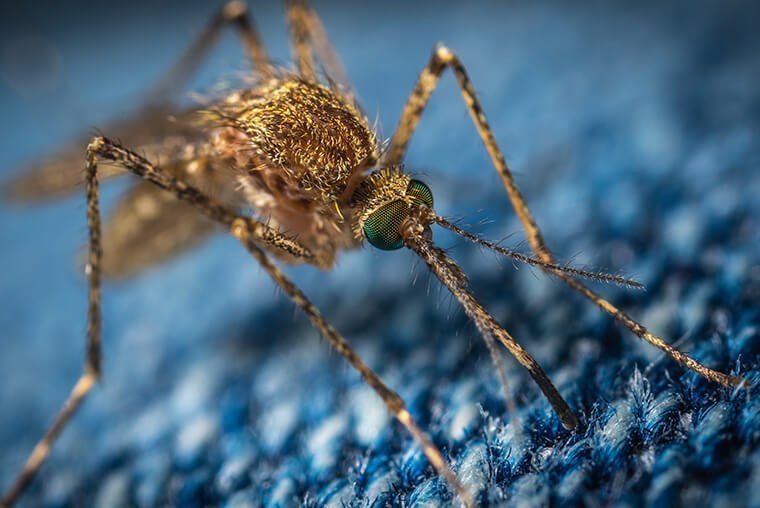
Mosquitoes
Thousands of species feed on the blood of various kinds of hosts, mainly vertebrates, including mammals, birds, reptiles, amphibians, and even some kinds of fish. Though the loss of blood is seldom of any importance to the victim, the saliva of the mosquito often causes an irritating rash that is a serious nuisance. Much more serious though, are the roles of many species of mosquitoes as vectors of diseases. In passing from host to host, some transmit extremely harmful infections such as malaria, yellow fever, Chikungunya, West Nile virus, dengue fever, filariasis, Zika virus and other arboviruses, rendering it the deadliest animal family in the world.
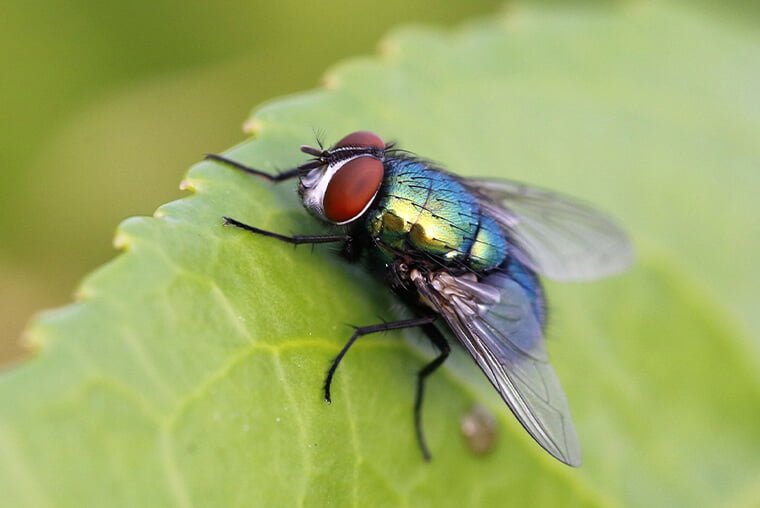
Flies
The common house fly, scientifically known as Musca domestica, is a small insect found worldwide. With a length of 6 to 7 millimeters, it has a grayish-black body with black stripes on the thorax. House flies have a short lifespan of 15 to 30 days and undergo complete metamorphosis. They lay eggs in decaying organic matter, which hatch into maggots. After growing and molting, they transform into pupae and eventually into adult flies.Adult house flies have compound eyes, sponging mouthparts, and specialized wings for quick and agile flight. They are attracted to various food sources and can be carriers of disease-causing pathogens. Proper sanitation and hygiene practices can minimize their presence, while insecticides and traps can help control their population in severe cases.
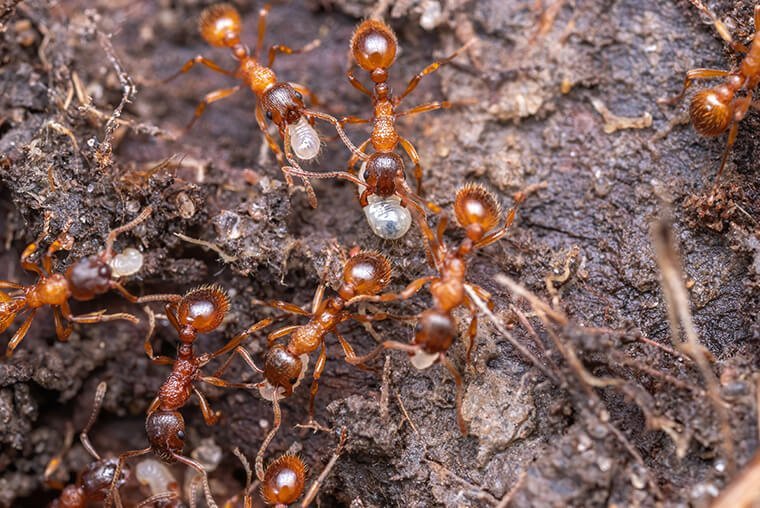
Ants
Texas is home to a variety of ant species, and understanding the common ones can help residents deal with any potential issues. One prevalent ant species in Texas is the Red Imported Fire Ant (RIFA), known for its aggressive behavior and painful sting. RIFAs build large mounds and can be a nuisance in yards and outdoor spaces. Another common ant species is the Carpenter Ant, which excavates wood to build nests and can cause structural damage if left unchecked. Texas also has the Odorous House Ant, which emits a strong, unpleasant odor when crushed. These ants are attracted to sweets and can invade homes in search of food. The Little Black Ant, as the name suggests, is small and black and often invades homes in large numbers, especially in search of food sources. Lastly, the Texas Leafcutter Ant is known for its impressive leaf-cutting abilities and can strip vegetation in gardens. Understanding the habits and behaviors of these common Texas ant species can help homeowners take appropriate measures to manage and control ant infestations effectively.
